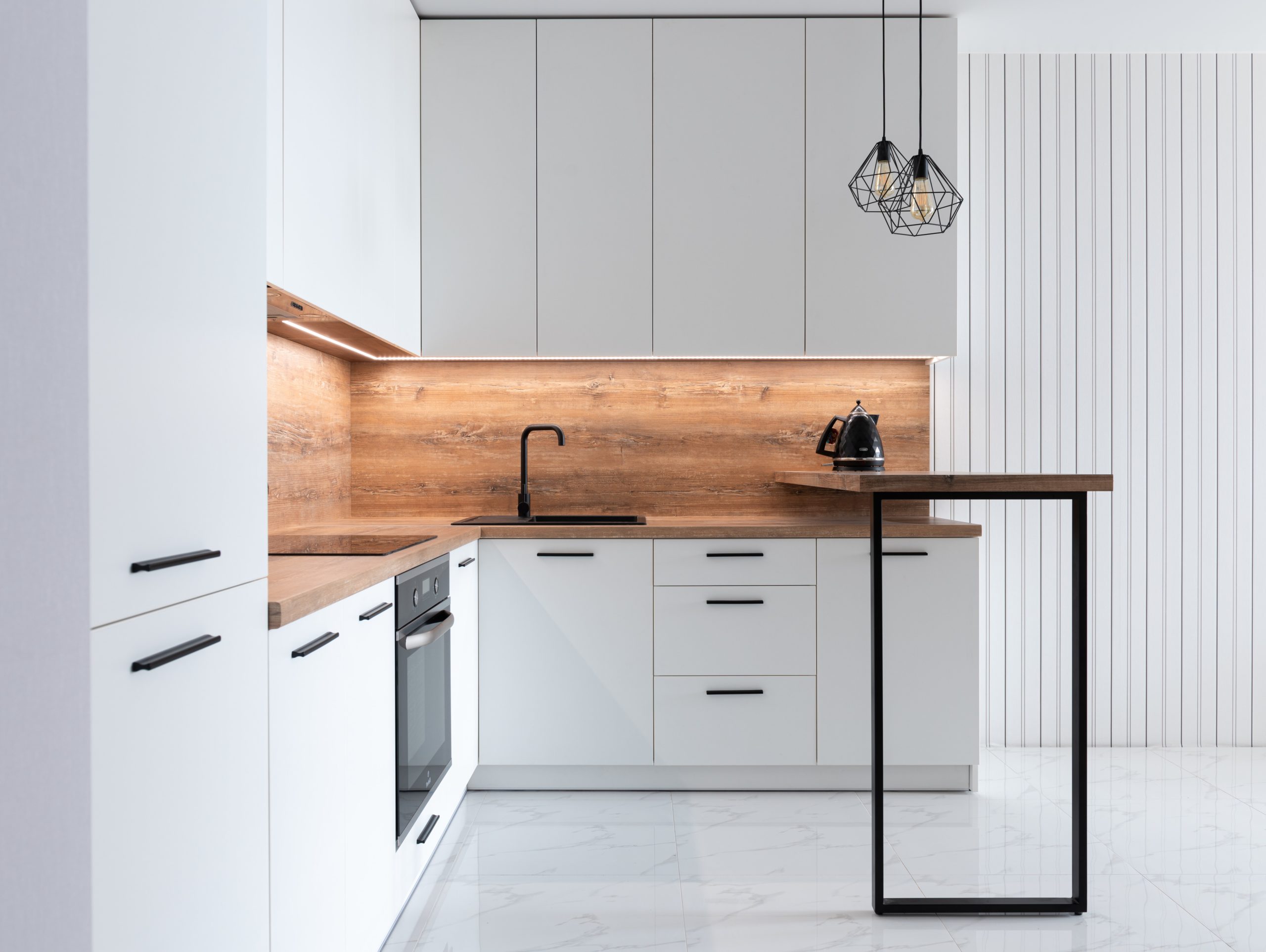The choice is up to you, but if your goal is a flat, even wall, hanging drywall horizontally is a better option. Hanging drywall horizontally means that all the seams will be at the same level, and you’ll have fewer seams to deal with, making for a better-finished wall.
It is easier to hang drywall horizontally, especially in a commercial building. However, if your walls are tall or have metal studs, hanging drywall vertically may not be practical. Also, horizontal installation is more useful if you don’t need to turn the sheet more than four feet wide. Hanging drywall horizontally reduces the number of seams, which means less taping, which makes for a more uniform finished product.
Vertical hanging can hide if your studs are uneven because the drywall will flow over the framing. Horizontal hanging is also less likely to show bowed studs, which would be magnified if hung vertically. Besides, flat hanging is more durable and cost-effective.
The top boards should be nailed down when hanging drywall on wood studs. This will give you the best coverage of your wall. Once that’s done, you should secure the drywall with drywall screws. Once you’ve attached all the pieces, you can hang the drywall horizontally or vertically.
When hanging drywall vertically, mark the outside edge with a corner bead. This will prevent your sheet from tearing off too much of the framing on the inside corners. If the corner bead isn’t strong enough, you should add a 2×4 along the wall along the outside edge.
Generally, sheetrock is hung vertically in commercial buildings. This allows it to fall more safely in case of earthquakes and fires. This is also an option for a residential garage. The installation is faster, and the drywall will likely stay flat.
When hanging drywall on ceilings, it’s better to turn it perpendicular to overhead framing members. Hanging it vertically to joists will minimize the risk of butted or ridged seams. It also adds strength and reduces the risk of the panels sagging.
Some drywall professionals install drywall horizontally, while others prefer to hang it vertically. Whichever way you choose, you’ll need to be familiar with your building’s building codes. Although most commercial buildings are designed with higher ceilings, horizontal drywall is a more durable option. However, it doesn’t provide as much structural benefit as vertical.
Most builders use the vertical installation method, but there are other options. In commercial buildings, hanging drywall vertically is a significant safety concern. In a residential setting, you can turn it either way, depending on the width of the wall and how much time you have to complete the job.
Drywall should never touch concrete floors. This can cause the drywall to wick moisture and eventually lead to mold. For this reason, professionals recommend that you leave a 3/8″ gap between the bottom of the drywall and the floor.
